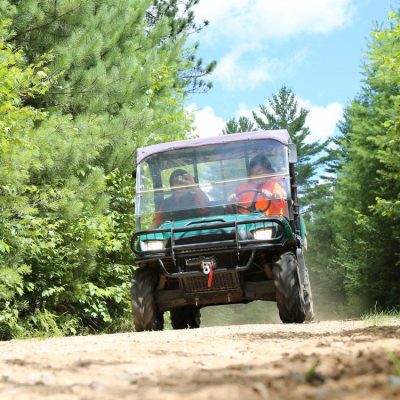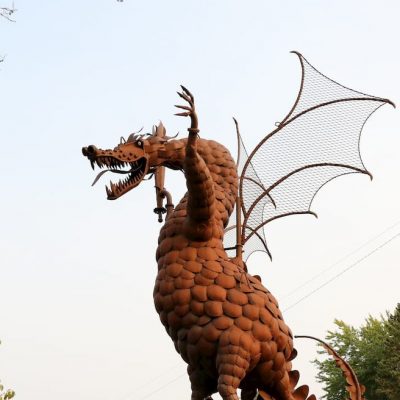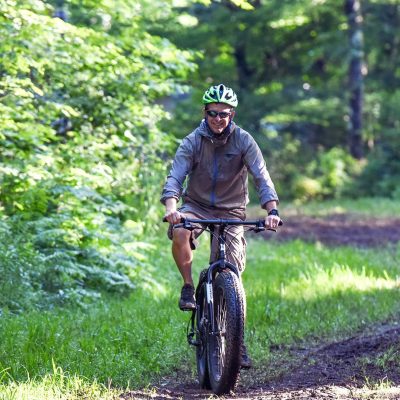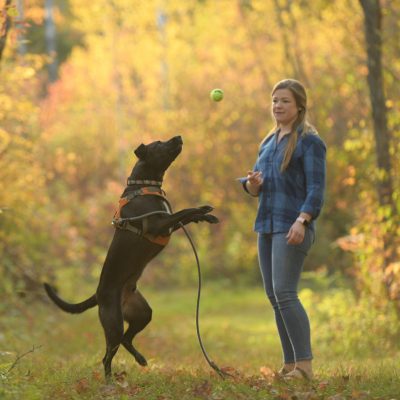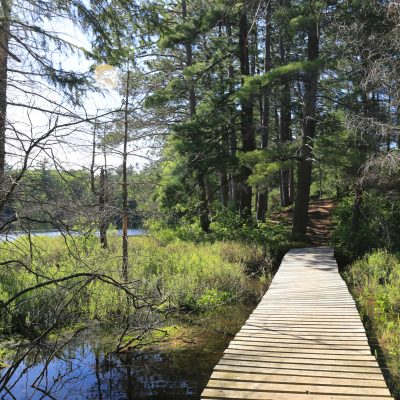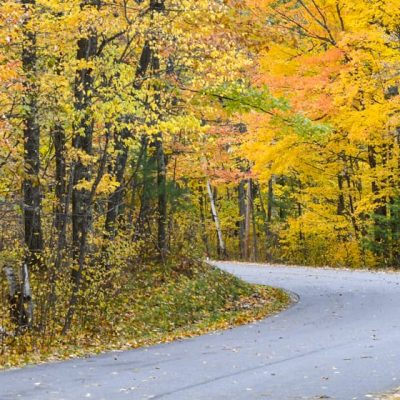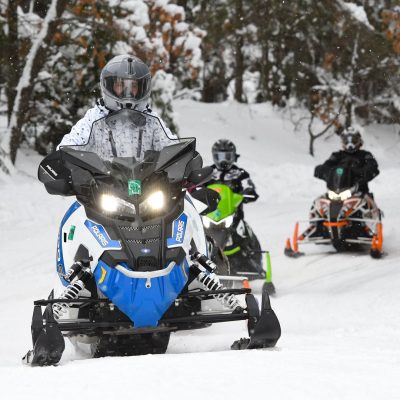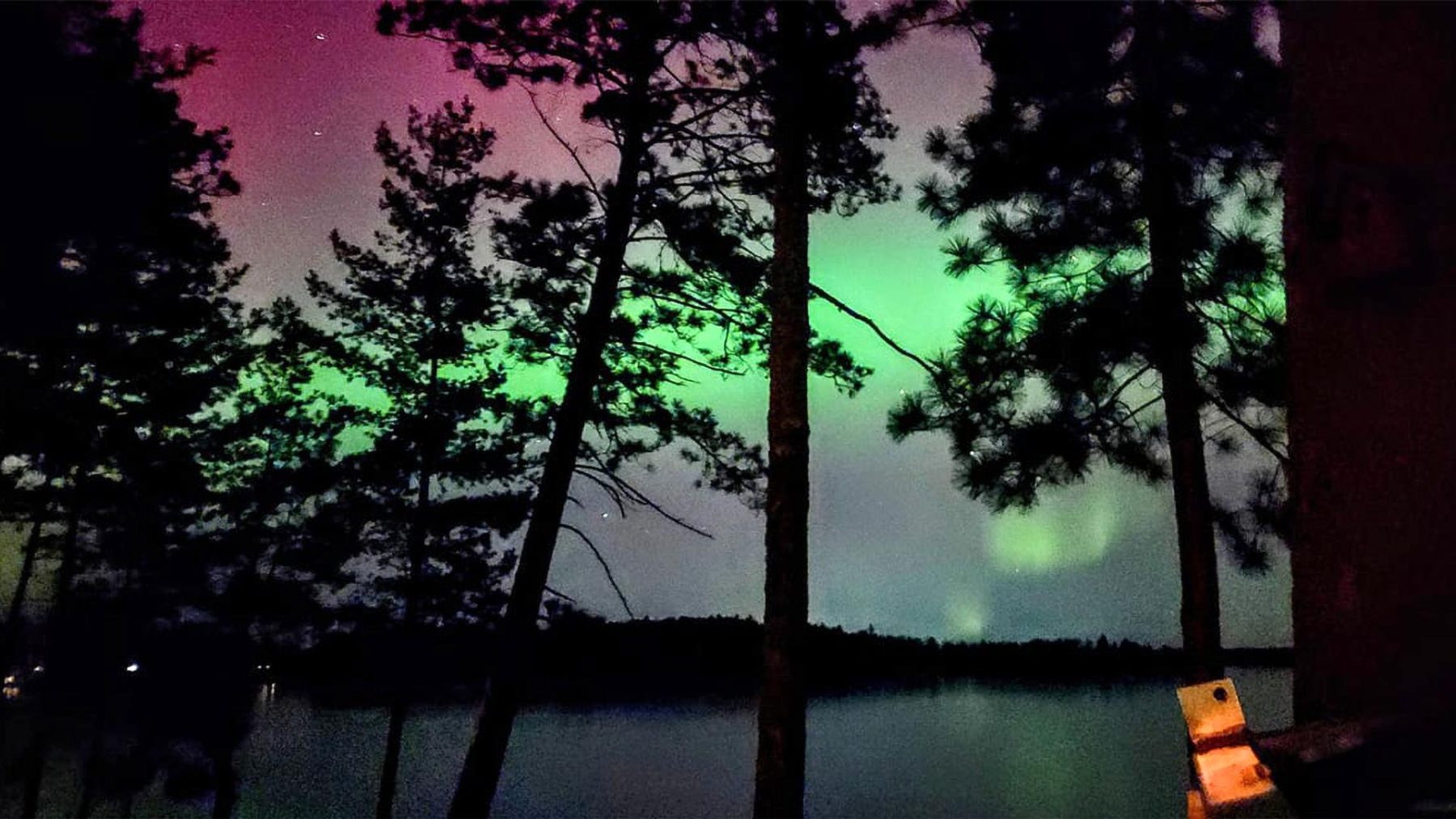
How to see the Northern Lights in Wisconsin
Depending on when you visit Wisconsin, you might be lucky enough to take in one of Mother Nature’s most outstanding shows: the Northern Lights. There are a few places you can go in the state to take in this impressive display—here are a few tips on how, where, and when to see the Northern Lights in Wisconsin.
What causes the Northern Lights?
The Northern Lights—or aurora borealis—occur when charged particles ejected from the sun interact with Earth’s atmosphere, causing an impressive show of greens, oranges, reds, and purples in the night sky.
Where can I see the Northern Lights in Wisconsin?
You can see the Northern Lights anywhere there’s an unobstructed view of the sky, but the view is generally better away from cities and in the northern part of the state. State parks, campsites, fields—these are all good spots to take in the show.
In Vilas County and Oneida County in northern Wisconsin, communities like Boulder Junction and Minocqua are home to welcoming lakeside resorts that offer outstanding views of the Northwoods day and night (pick a spot on the southern side of the lake, as you’ll likely be looking toward the northern horizon to see the aurora). The Northern Highland-American Legion State Forest spans more than 236,000 across the Northwoods and contains 900 lakes, so there are plenty of places to get out in the wilderness.
Newport State Park in Ellison Bay in Door County is the state’s first (and so far, only) designated “Dark Sky Park,” a special recognition from the International Dark-Sky Association that highlights some of the best stargazing across the globe.
Big Bay State Park on Madeline Island (take the ferry from Bayfield to reach this scenic spot) sits on the southern shore of Lake Superior in far northern Wisconsin, so it’s also a great place to try and catch the Northern Lights.
When can I see the Northern Lights?
You’re most likely to see the northern lights in fall, winter, and spring, which makes sense because days are shorter and nights are longer, giving stargazers more opportunities to take in the show.
It’s hard to predict the Northern Lights, so it’s smart to sign up for an email alert service (like Aurora Watch) or check websites that update conditions regularly (like the Soft Serve News website)
Tips for seeing the Northern Lights
- Pick a clear, crisp night without the threat of snow or rain.
- Avoid areas with light pollution (e.g., cities).
- Find an unobstructed view to the north, as the Northern Lights are rarely directly overhead in Wisconsin. Ideally, the treeline should be lower than a fist’s height held at arm’s length.
- Auroras may last from 15 minutes up to several hours—be patient.
And even if you don’t see the Northern Lights on your trip to Wisconsin, it’s still a great place to take in the night sky—you’ll see plenty of constellations (and might even be able to make out the Milky Way if it’s clear enough).

